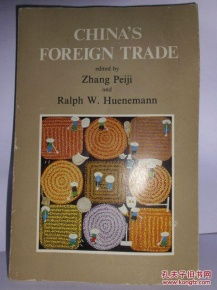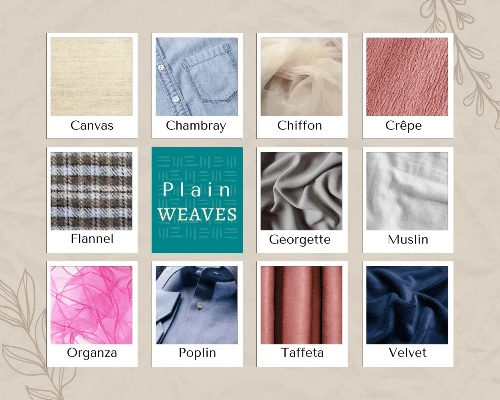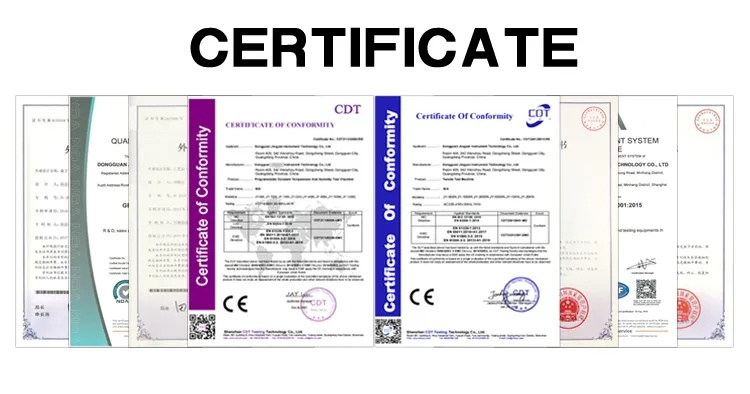Chinas Textile Trade Struggles:A Global Perspective
China's textile industry has been facing significant challenges in the global market, as evidenced by its declining share of global textile exports. Despite its size and importance, China's position is increasingly being challenged by countries such as India, Bangladesh, and Vietnam. These emerging markets are gaining ground due to their lower labor costs and increased production capacity, making it difficult for China to maintain its dominant position in the global textile trade. Additionally, environmental regulations and consumer preferences are also impacting China's textile industry, leading to a shift towards more sustainable and eco-friendly production methods. As a result, China's textile industry must adapt to these changes and find new ways to compete in the global market.
Introduction: In the global economy, China has long been a beacon of textile manufacturing prowess. From silk to cotton, from polyester to wool, Chinese textiles have found their way into every corner of the world, contributing significantly to the growth of many economies. However, recent years have seen a shift in the landscape, with challenges emerging that threaten the sustainability and competitiveness of the industry. This article explores the various facets of China's textile trade challenges and offers insights into how they are affecting both domestic and international markets.
Impact on Domestic Economy: China's textile industry is a pillar of its economy, providing jobs for millions and contributing significantly to exports. But as the industry faces increasing pressures, it's impacting the broader economy in several ways. Firstly, the decline in export volumes has led to job losses and economic downturns in regions dependent on the textile sector. Secondly, the reliance on a few major export markets has made the industry vulnerable to fluctuations in those markets, exacerbating the challenges faced by Chinese businesses. Finally, the high costs of raw materials and labor have contributed to increased prices for consumers, which could further strain the domestic economy.

Impact on International Markets: The global market for textiles is highly competitive, with countries like Bangladesh, Pakistan, and India also major producers. As China's textile exports have declined, these other nations have gained ground, offering lower-cost alternatives to Chinese products. This has had a knock-on effect on Chinese manufacturers, who are now facing increased competition and declining margins. Moreover, some European and American consumers are increasingly choosing to buy locally produced goods due to concerns over environmental sustainability and labor practices. This trend is likely to continue, making it harder for Chinese companies to maintain their position in the global market.
Case Study: One prominent example of the impact of China's textile trade challenges is the case of Xinjiang Textiles Co. Ltd., a leading manufacturer of polyester fabric in China. The company was once a major player in the global market, but has struggled to compete with cheaper imports from Bangladesh and Vietnam. To overcome this, Xinjiang Textiles has invested heavily in research and development, adopting more sustainable production methods and improving quality control. While these efforts have helped improve its market share, they have also added to its operational costs, making it more difficult to remain profitable in an increasingly competitive market.
Recommendations: To mitigate the challenges facing China's textile industry, several recommendations can be made. Firstly, governments should invest in infrastructure and technology to support sustainable production methods and improve efficiency. This would help reduce costs and increase competitiveness. Secondly, there needs to be greater focus on international trade agreements to protect Chinese companies from unfair competition and protectionism. Thirdly, Chinese manufacturers need to adopt a more customer-centric approach, focusing on quality and innovation rather than just price. Finally, there should be greater investment in education and training programs to improve skills and prepare the workforce for the future demands of the industry.
Conclusion: China's textile trade struggles are complex and multifaceted, affecting not only the domestic economy but also the international market. As the industry continues to evolve, it will be essential for all stakeholders—governments, businesses, and consumers alike—to work together towards a brighter future for China's textile industry. By embracing innovation, adopting sustainable practices, and investing in education and training, China can continue to lead the global textile trade while ensuring its workers’ wellbeing and the health of the planet.

近年来,中国纺织品出口面临着诸多挑战,形势不容乐观,本篇报告将深入探讨中国纺织品出口困境的具体情况,并结合案例进行分析。
中国纺织品出口现状
- 出口市场结构:中国纺织品主要出口市场包括欧美、东南亚等地区,受全球经济形势、贸易保护主义抬头、国际市场需求变化等多重因素影响,纺织品出口面临着较大的压力。
- 出口产品类型:中国纺织品主要以服装、纺织品等为主,其中服装是出口的主要产品之一,由于市场竞争激烈、技术更新换代快等因素,部分传统产品面临困境。
案例分析
以某知名纺织品出口企业为例,近年来其纺织品出口遭遇困境,该企业在过去的出口中表现良好,但近年来面临以下困境:
- 国际市场需求变化:随着全球经济的波动和贸易保护主义的抬头,国际市场需求变化不定,导致该企业订单减少。
- 竞争加剧:随着其他国家纺织品产业的崛起和技术的更新换代,该企业面临着来自国内外同行的激烈竞争。
原因分析

造成中国纺织品出口困境的原因是多方面的,以下是一些主要原因:
- 国际贸易环境变化:全球经济形势的不稳定和贸易保护主义的抬头,使得国际贸易环境变化不定,对纺织品出口造成了不利影响。
- 市场竞争激烈:纺织品行业竞争激烈,部分传统产品面临技术更新换代快、市场需求变化大的挑战。
- 政策风险:部分地区对纺织品出口的政策调整也可能对出口造成影响。
解决方案与建议
针对中国纺织品出口困境,以下是一些解决方案与建议:
- 优化出口策略:针对当前的市场环境,企业需要优化出口策略,提高产品质量和竞争力,适应市场需求的变化。
- 加强技术研发:企业需要加强技术研发和创新,提高产品的技术含量和附加值,提高产品的市场竞争力。
- 拓展国际市场:企业需要积极拓展国际市场,扩大市场份额,提高国际竞争力。
- 加强与政府沟通:企业需要加强与政府部门的沟通,了解政策动向和市场需求变化,争取政策支持和市场机遇。
中国纺织品出口面临着诸多挑战,形势不容乐观,为了应对困境,企业需要加强自身实力和创新能力,优化出口策略,加强技术研发和国际市场拓展,政府也需要加强政策支持和引导,为企业提供更多的发展机遇和空间。
Articles related to the knowledge points of this article:
Custom Textile Dryers for Enhanced Performance and Cost-Effectiveness
Leading the Way in Textiles:The Story of Lidu Fabric Factory
The Future of Fashion:Transforming Plastics into Superior Textiles



